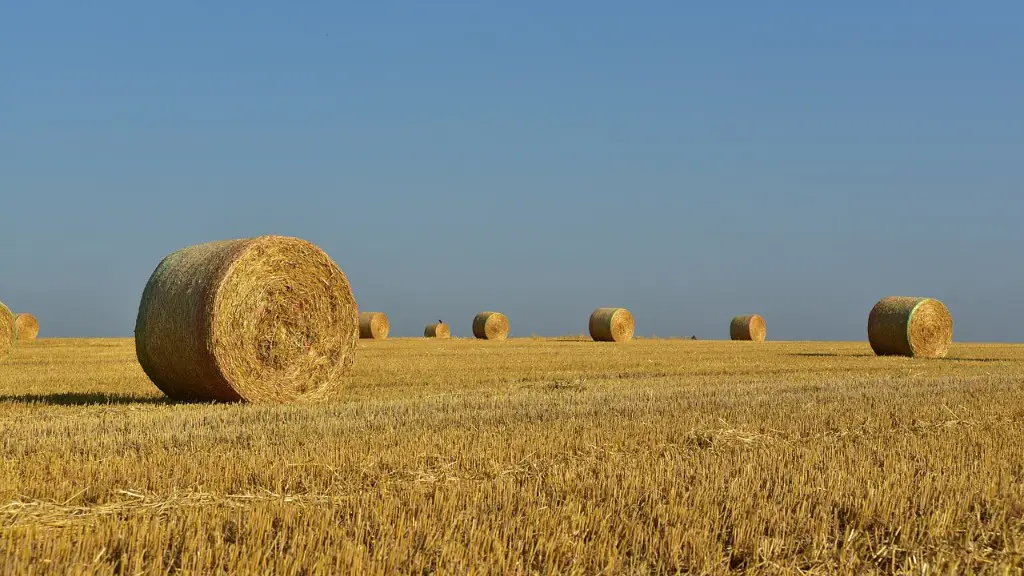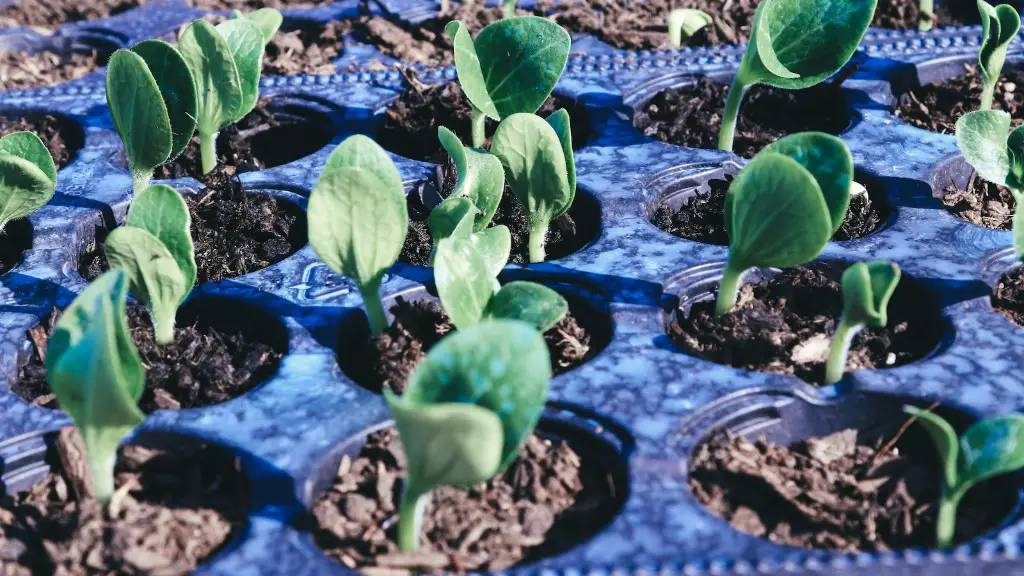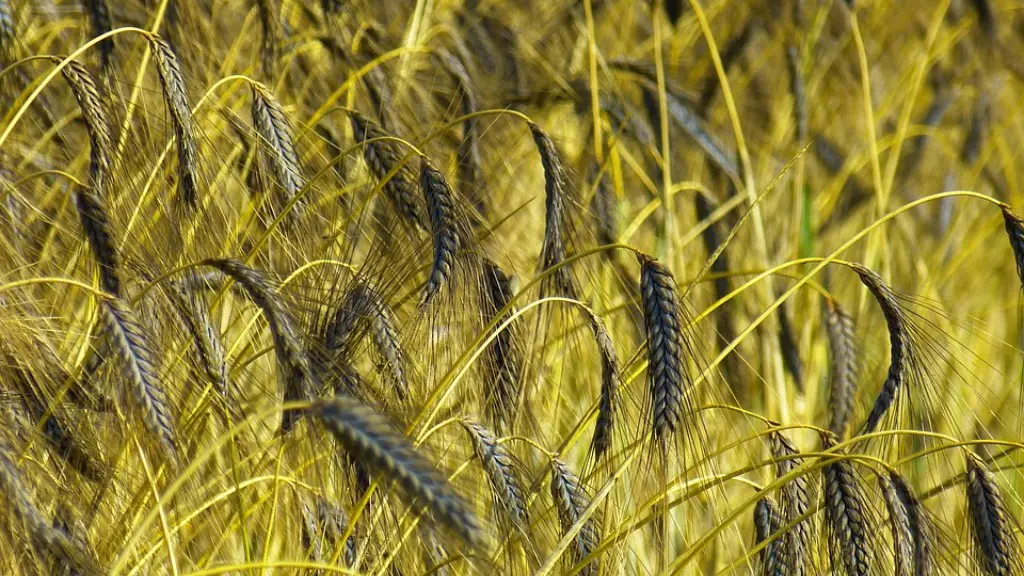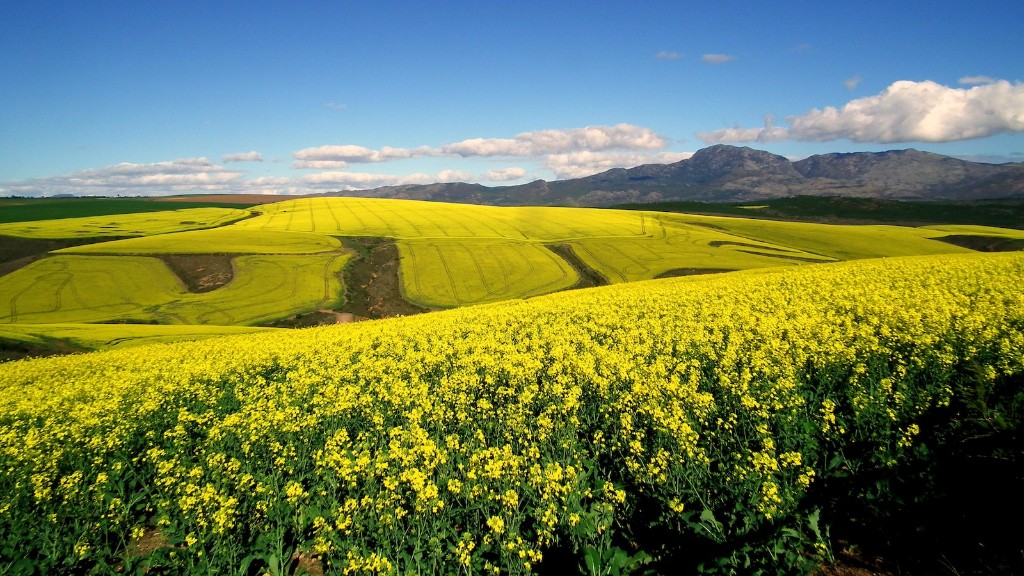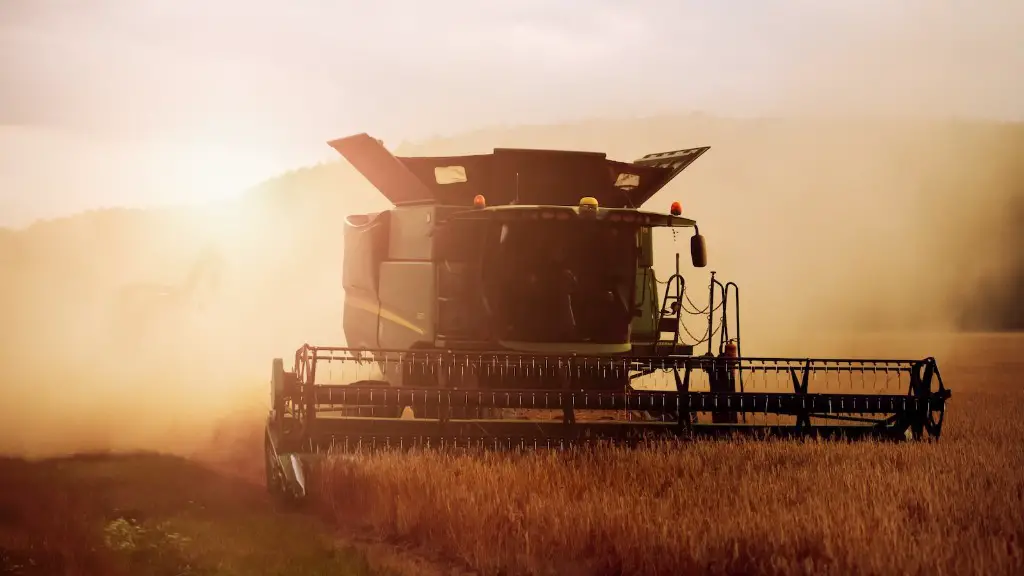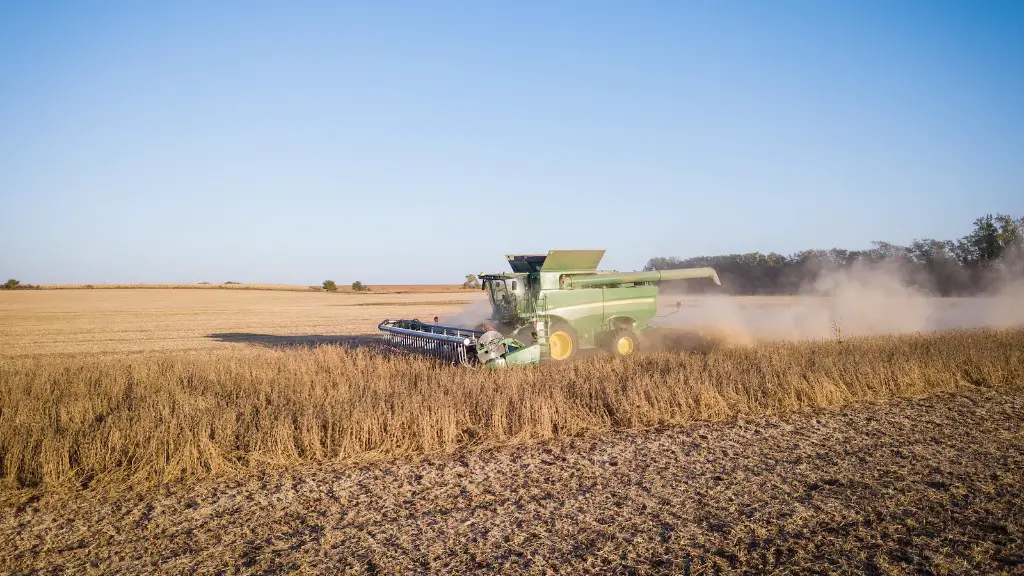The term “rural development” is used to refer to the process of improving the economic and social conditions of people living in rural areas. Rural development is often aimed at improving the quality of life and the standard of living for rural residents, and may include initiatives to improve access to services, infrastructure, and employment opportunities.
Rural development in agriculture is the process of improving the quality of life and economic well-being of people living in rural areas, often relatively isolated and sparsely populated areas. Rural development aims to bring opportunities and resources to rural communities, including access to essential services, economic diversification, and employment generation.
What is the meaning and definition of rural development?
Rural development is an important aspect of economic and social development. It aims at improving the quality of life of people living in rural areas. It focuses on the action for the development of areas that are lagging behind in the overall development of the rural economy.
Rural development is a process of economic and social transformation of the rural areas. It leads to the improvement of the quality of life of the rural people. It is a comprehensive and integrated approach to the development of rural areas.
Rural development programmes are designed to meet the specific needs of the rural areas. They are implemented through various government and non-government organizations.
Rural development programmes aim at the following objectives:
1. To improve the economic and social conditions of the rural people.
2. To promote the development of infrastructure in rural areas.
3. To create employment opportunities in rural areas.
4. To improve the quality of life of the rural people.
A rural farm is a great way to produce fresh, local food for your community. There are many benefits to farming in a rural area, including the close connection to the land and the ability to have a direct impact on your local food system. If you’re interested in starting a rural farm, there are a few things you should keep in mind.
First, you’ll need to make sure you have the proper land and resources for farming. This includes having enough space for the animals and crops you plan to raise, as well as access to water and other necessary infrastructure. You’ll also need to consider the climate and weather patterns in your area to make sure you can successfully grow the crops you want to raise.
Once you’ve secured the land and resources you need, you’ll need to develop a business plan. This will help you determine what products you’ll grow or raise, how you’ll market and sell them, and what your financial goals are. It’s important to have a solid plan in place before you get started, so you can be sure your farm is successful.
If you’re ready to start a rural farm, there’s a lot to consider, but it can be a rewarding and fulfilling experience. With proper planning and execution,
Why is rural agriculture important
There is no denying the fact that three-quarters of the world’s poor live in rural areas and most of them are dependent on farming for their livelihood. In order to reduce poverty, it is essential to enhance agricultural productivity. Productivity growth in agriculture is the driving force behind structural transformation and it is important to take measures to ensure that this growth is sustained. Some of the ways in which this can be done include investing in research and development, providing training and extension services to farmers, and improving infrastructure and access to markets.
Rural development is a process of improving the quality of life of rural people by providing them with basic facilities and amenities such as drinking water, electricity, highway connectivity, health, housing, and education. It also involves strengthening Panchayati raj institutions so that they can effectively address the problems of rural people.
What are the characteristics of rural development?
The rural people are in close contact with nature as most of their daily activities revolve around the natural environment. This is the reason why a ruralite is more influenced by nature than an urbanite. The villagers consider land as their real mother as they depend on it for their food, clothing and shelter.
Rural development is a process that aims to improve the quality of life and economic well-being of people living in rural areas. It encompasses a wide range of activities, including improving access to services and infrastructure, creating jobs and businesses, and promoting social inclusion.
The three dimensions of rural development are social, economic, and political. Social rural development includes initiatives to improve access to healthcare, education, and other social services. Economic rural development includes activities to promote entrepreneurship and job creation. Political rural development includes efforts to improve governance and participation in decision-making.
All three dimensions are important for rural development. However, the focus of different programmes and projects will vary depending on the needs and priorities of the particular community.
What are the benefits of rural development?
The Government of India has taken various initiatives to promote rural development in the country. Some of the key areas of focus have been public health and sanitation, literacy, female empowerment, enforcement of law and order, land reforms, infrastructure development like irrigation, electricity, etc. and availability of credit. The government has also been working towards the eradication of poverty. These initiatives have helped in the overall development of the rural areas and have improved the quality of life of the people living there.
Rural development has been a key focus of various governments and organizations over the years. The main objective of rural development is to reduce poverty through various means such as improving agricultural productivity, access to infrastructure, and water. Various strategies have been employed to achieve these goals, and they have yielded positive results. However, there is still a long way to go in terms of reducing poverty in rural areas. In recent years, the focus has shifted to supporting the main driving forces for economic growth and social development in rural areas. This includes enhancing food security, agricultural productivity, and farmer’s incomes. By doing so, it is hoped that poverty can be reduced significantly in rural areas.
What is the difference between rural development and agricultural development
The concept of rural development is introduced in Section 104. Though rural society is characterised by the significance of agricultural activities, rural development is broader than agricultural development. First, various non-agricultural economic activities take place in rural areas. Second, rural development also includes social and infrastructure development.
It is essential to promote rural development and food security in order to maintain a healthy and balanced economy. By improving market connectivity and agricultural value chain linkages, rural-urban area connectivity and mobility can be increased which in turn will lead to increased agricultural productivity and food security. Using high-level technologies is another key way to promote rural development and food security.
What is the impact of agriculture in rural areas?
The rural extreme poor are highly vulnerable to climatic shocks and weather events because they rely heavily on agriculture for their income and food security. However, they can diversify their sources of income by engaging in other non-agricultural activities. This will help them to cope with the effects of climate change and weather events.
Each of these approaches to rural development has its own strengths and weaknesses, and no single approach is best for all situations. The most appropriate approach depends on the specific circumstances of the rural area in question.
The Sectoral Approach is the most common approach to rural development, and focuses on developing specific sectors such as agriculture, industry, or tourism. This approach can be very effective if the chosen sector is viable and has good potential for growth. However, it can also be risky, as the success of the entire development effort depends on the success of the chosen sector.
The Area Development Approach takes a more holistic view of rural development, and strives to develop the entire rural area rather than just a single sector. This approach is more likely to be successful in terms of overall economic development, but it requires a greater investment of resources and is more difficult to implement.
The Integrated Development Approach combines elements of both the Sectoral and Area Development approaches. This approach seeks to develop specific sectors while also taking into account the needs of the entire rural area. This approach is more flexible and can be customized to the specific circumstances of the rural area, but it can also be more expensive and difficult to implement.
The Growth Center Approach focuses on developing a few key areas
What are the problems of rural development
Rural development can be a challenge due to the high population density and lack of infrastructure. This can lead to a high level of illiteracy and extreme poverty. Additionally, rural urban migration can lead to low social interaction.
Integrity and accountability are two of the most important values that an organization can uphold. integrity refers to the ability to make decisions and take actions that are in line with the organization’s ethical standards. Accountability, on the other hand, refers to the system in place that holds the organization accountable to all its stakeholders.
Both integrity and accountability are essential in maintaining the trust of the public, as well as other stakeholders. A lack of either can lead to disastrous consequences. That’s why it’s so important for organizations to ensure that they have systems and procedures in place to uphold these values.
What is an example of agricultural development?
Farm development is a broad term that includes activities such as clearing and cultivating land for crops, building fences to contain livestock, constructing stock ponds, and other similar agricultural activities. While the term is often used in the context of improving farmland for increased production, it can also refer to developing rural areas for other purposes, such as recreation or tourism.
Agricultural development is essential for food security and economic stability in many parts of the world. By increasing yields and improving growing and harvesting techniques, agricultural development can help to ensure a reliable food supply and protect the livelihoods of those who depend on agriculture for their income. In addition, agricultural development can help to improve food safety by reducing the risk of disease and contamination.
Which is main support of the rural development
Farming may contribute to rural development in a number of ways. First, farming can provide environmental services to society, such as clean air and water. Second, farming can provide cultural services to society, such as local food production and a connection to the land. Finally, farming can contribute to the economic development of rural areas by providing employment and income opportunities.
Professor Johnston Mellor divides agriculture into three stages: Traditional Agriculture; Technologically Dynamics Agriculture -Low Capital Technology and Technologically Dynamic Agriculture – High Capital Technology.
Traditional Agriculture is the subsistence farming that has been practiced for thousands of years. Families work together to grow crops and rear animals for food and other basic needs. There is little use of modern technology or inputs, and production is often low.
Technologically Dynamic Agriculture – Low Capital Technology is a more modern form of agriculture that uses some technology and inputs, but not to the extent of large-scale commercial agriculture. This type of agriculture is often found in developing countries, where farmers are adopting some modern practices but still lack the capital to invest in more expensive technologies.
Technologically Dynamic Agriculture – High Capital Technology is the most modern and capital-intensive type of agriculture. Farmers use a range of expensive technologies to maximize production, including genetically modified seeds, irrigation systems, and chemical fertilizers and pesticides. This type of agriculture is found in developed countries where farmers have the capital to invest in these technologies.
Conclusion
Rural development in agriculture is the process of improving the economic and social conditions of people living in rural areas. This can be done through various means such as investing in infrastructure, improving education and healthcare, and providing access to credit and markets.
Rural development in agriculture is the process of improving the quality of life and economic well-being of people living in rural areas, usually via the enhancement of agriculture. It is distinctive from rural development in general, which has a wider scope and covers non-farm related topics such as education, health, infrastructure, and housing. As the world population continues to grow, and more people move into cities, it is important to ensure that rural development in agriculture keeps pace, so that food production can keep up with demand.
